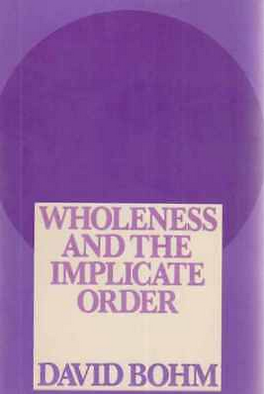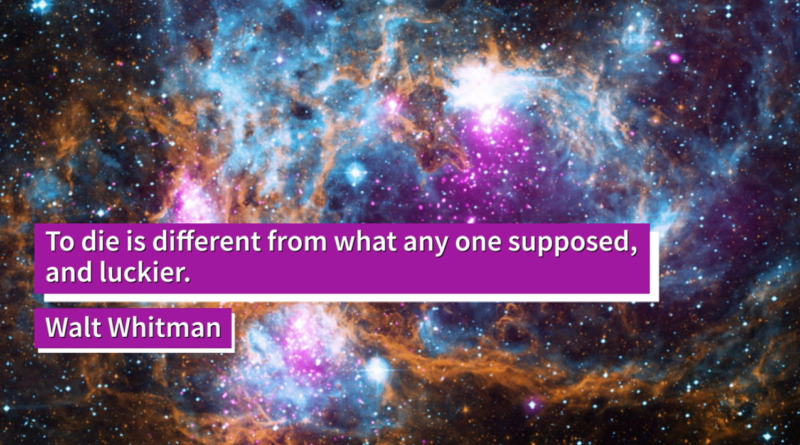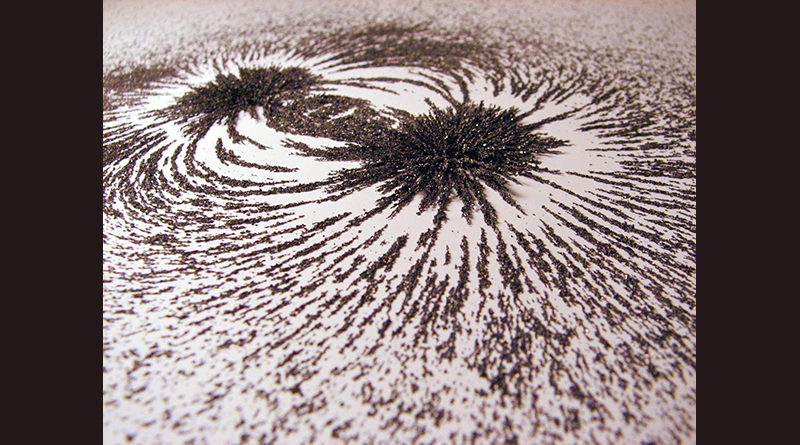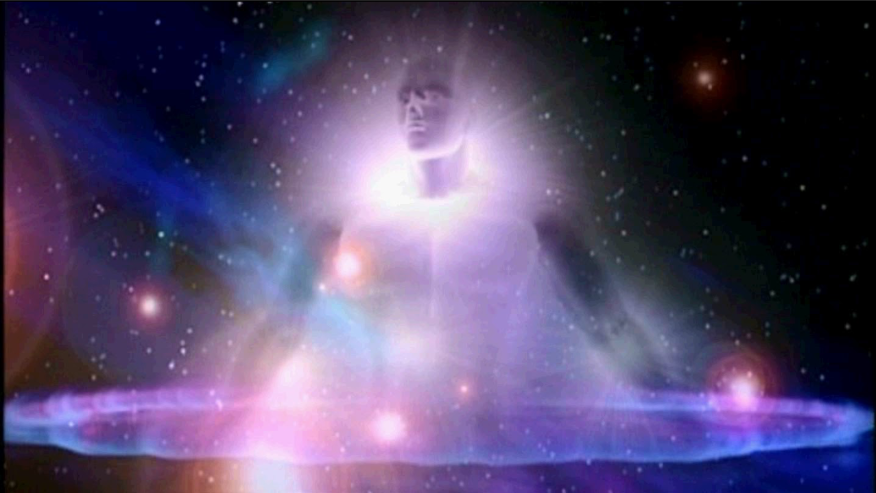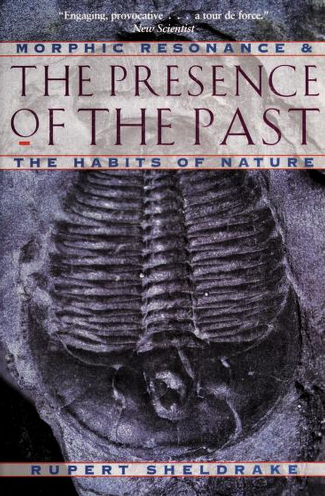- This excerpt is from Morphic Fields and the Implicate Order: A Dialogue with David Bohm and Rupert Sheldrake.
- David Bohm was an eminent quantum physicist. As a young man he worked closely with Albert Einstein at Princeton University. With Yakir Aharonov he discovered the Aharonov-Bohm effect. He was later Professor of Theoretical Physics at Birkbeck College, London University, and was the author of several books, including Causality and Chance in Modern Physics and Wholeness and the Implicate Order.
- Bohm: But from the point of view of the implicate order, I think you would have to say that this formative field is a whole set of potentialities, and that in each moment there’s a selection of which potential is going to be realized, depending to some extent on the past history, and to some extent on creativity.
- Sheldrake: But this set of potentialities is a limited set, because things do tend towards a particular endpoint. I mean cat embryos grow into cats, not dogs. So there may be variation about the exact course they can follow, but there is an overall goal or endpoint.
- Bohm: But there would be all sorts of contingencies that determine the actual cat.
- Sheldrake: Exactly. Contingencies of all kinds, environmental influences, possibly genuinely chance fluctuations. But nevertheless the endpoint of the chreode would define the general area in which it’s going to end up.
…
- Bohm: In terms of the totality beyond time, the totality in which all is implicate, what unfolds or comes into being in any present moment is simply a projection of the whole. That is, some aspect of the whole is unfolded into that moment and that moment is just that aspect. Likewise, the next moment is simply another aspect of the whole. And the interesting point is that each moment resembles its predecessors but also differs from them. I explain this using the technical terms ‘injection’ and ‘projection’. Each moment is a projection of the whole, as we said. But that moment is then injected or introjected back into the whole. The next moment would then involve, in part, a re-projection of that injection, and so on in-definitely.Each moment will therefore contain a projection of the re-injection of the previous moments, which is a kind of memory; so that would result in a general replication of past forms, which seems similar to what you’re talking about.
- Sheldrake: So this re-injection into the whole from the past would mean there is a causal relation
ship between what happens in one moment and what subsequently happens? - Bohm: Yes, that is the causal relation. When abstracted from the implicate order, there seems to be at least a tendency, not necessarily an exact causal relationship, for a certain content in the past to be followed by a related content in the future.
- Sheldrake: Yes. So if something happens in one place at one time what happens there is then re-injected into the whole.
- Bohm: But it has been somewhat changed; it is not re-injected exactly, because it was previously projected.
- Sheldrake: Yes, it is somewhat changed, but it is fed back into the whole. That can have an influence which, since it is mediated by the whole, can be felt somewhere else. It doesn’t have to be local.
- Bohm: Right, it could be anywhere.
- Sheldrake: Well that does sound very similar to the concept of morphic resonance, where things that happen in the past, even if they’re separated from each other in space and time, can influence similar things in the present, over, through, or across — however one cares to put it — space and time. There’s this non-local connection. This seems to me to be very important because it would mean that these fields have causal (but non-local) connections with things that have happened before. They wouldn’t be somehow inexplicable manifestations of an eternal, timeless set of archetypes. Morphogenetic fields, which give repetitions of habitual forms and patterns, would be derived from previous fields (what you call ‘cosmic memory’). The more often a particular form or field happened, the more likely it would be to happen again, which is what I am trying to express with this idea of morphic resonance and automatic averaging of previous forms.
- Bohm: If we extended quantum mechanics through the implicate order, we would bring in just that question of how past moments have an effect on the present (i.e., via injection and re-projection). At present, physics says the next moment is entirely independent, but with some probability of being such and such. There’s no room in it for the sort of thing you’re talking about, of having a certain accumulated effect of the past; but the implicate order extension of quantum mechanics would have that possibility. And further, suppose somehow I were to combine the implicate order extension of quantum mechanics [which would account for the accumulated effects of the past] with this quantum potential [which would account for these effects being non-local in nature], then I think I would get things very like what you are talking about.
- Sheldrake: Yes, that would be very exciting! Of all the ways I’ve come across I think that’s the most promising way of being able to mesh together these sort of ideas. I haven’t come across any other way which seems to show such possible connections.
- Bohm: If we can bring in time, and say that each moment has a certain field of potentials (represented by the Schrödinger equation) and also an actuality, which is more restricted (represented by the particle itself); and then say that the next moment has its potential and its actuality, and we must have some connection between the actually of the previous moments and the potentials of the next — that would be introjection, not of the wave function of the past, but of the actuality of the past into that field from which the present is going to be projected. That would do exactly the sort of thing you’re talking about. Because then you could build up a series of actualities introjected which would narrow down the field potential more and more, and these would form the basis of subsequent projections. That would account for the influence of the past on the present.
- Sheldrake: Yes, yes.
